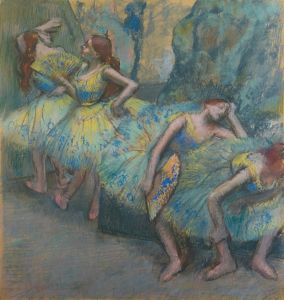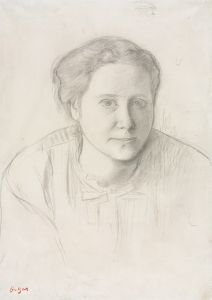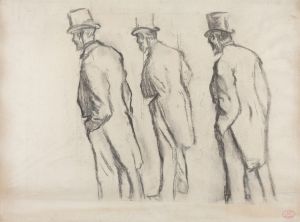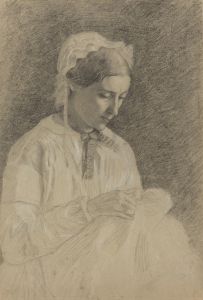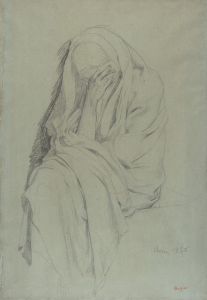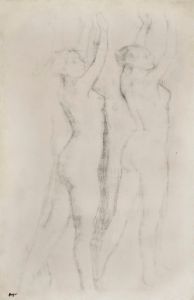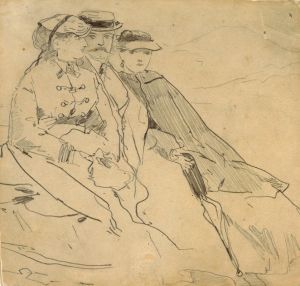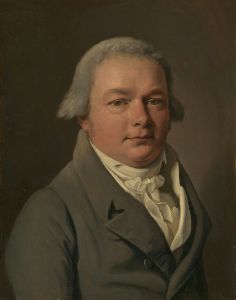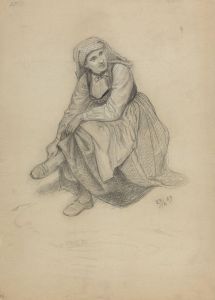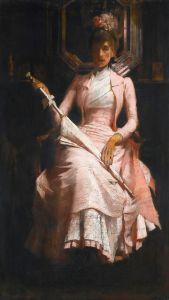
Study for Mme Théodore Gobillard
A hand-painted replica of Edgar Degas’s masterpiece Study for Mme Théodore Gobillard, meticulously crafted by professional artists to capture the true essence of the original. Each piece is created with museum-quality canvas and rare mineral pigments, carefully painted by experienced artists with delicate brushstrokes and rich, layered colors to perfectly recreate the texture of the original artwork. Unlike machine-printed reproductions, this hand-painted version brings the painting to life, infused with the artist’s emotions and skill in every stroke. Whether for personal collection or home decoration, it instantly elevates the artistic atmosphere of any space.
Edgar Degas, a prominent French artist associated with the Impressionist movement, created Study for Mme Théodore Gobillard as part of his extensive body of work that explored portraiture and the human figure. This particular piece is a preparatory study, showcasing Degas's meticulous approach to capturing the essence of his subjects through preliminary sketches and studies before completing a final composition.
The subject of the study, Mme Théodore Gobillard, was Marie-Clémentine Valadon, also known as Suzanne Valadon, a French artist and model. However, it is important to note that Degas's connection to Mme Gobillard remains primarily artistic, as he often portrayed individuals from his social and professional circles. This study reflects Degas's interest in the interplay of light, shadow, and form, which were central to his artistic practice.
Degas was known for his innovative techniques and his ability to depict the subtleties of human expression and posture. In Study for Mme Théodore Gobillard, he likely employed a combination of mediums, such as charcoal, pastel, or pencil, which were commonly used in his preparatory works. These studies allowed him to experiment with composition and refine his ideas before committing to a final piece.
As with many of Degas's works, this study demonstrates his dedication to capturing the individuality of his subjects while also emphasizing the formal qualities of line and structure. His approach to portraiture often involved a deep observation of his subjects, resulting in works that were both intimate and dynamic.
While the exact date of the creation of Study for Mme Théodore Gobillard is not specified, it aligns with Degas's broader artistic endeavors during the late 19th century. This period was marked by his exploration of various themes, including portraits, ballet dancers, and scenes of modern life in Paris.
The study is an example of Degas's broader contribution to the art world, where he bridged traditional academic techniques with the innovative spirit of Impressionism. His works continue to be celebrated for their technical mastery and their ability to capture the complexities of human emotion and movement.
Further details about the specific context or location of Study for Mme Théodore Gobillard are limited, as is often the case with preparatory studies. However, it remains an important piece within Degas's oeuvre, reflecting his artistic process and his enduring legacy as one of the most influential artists of his time.








